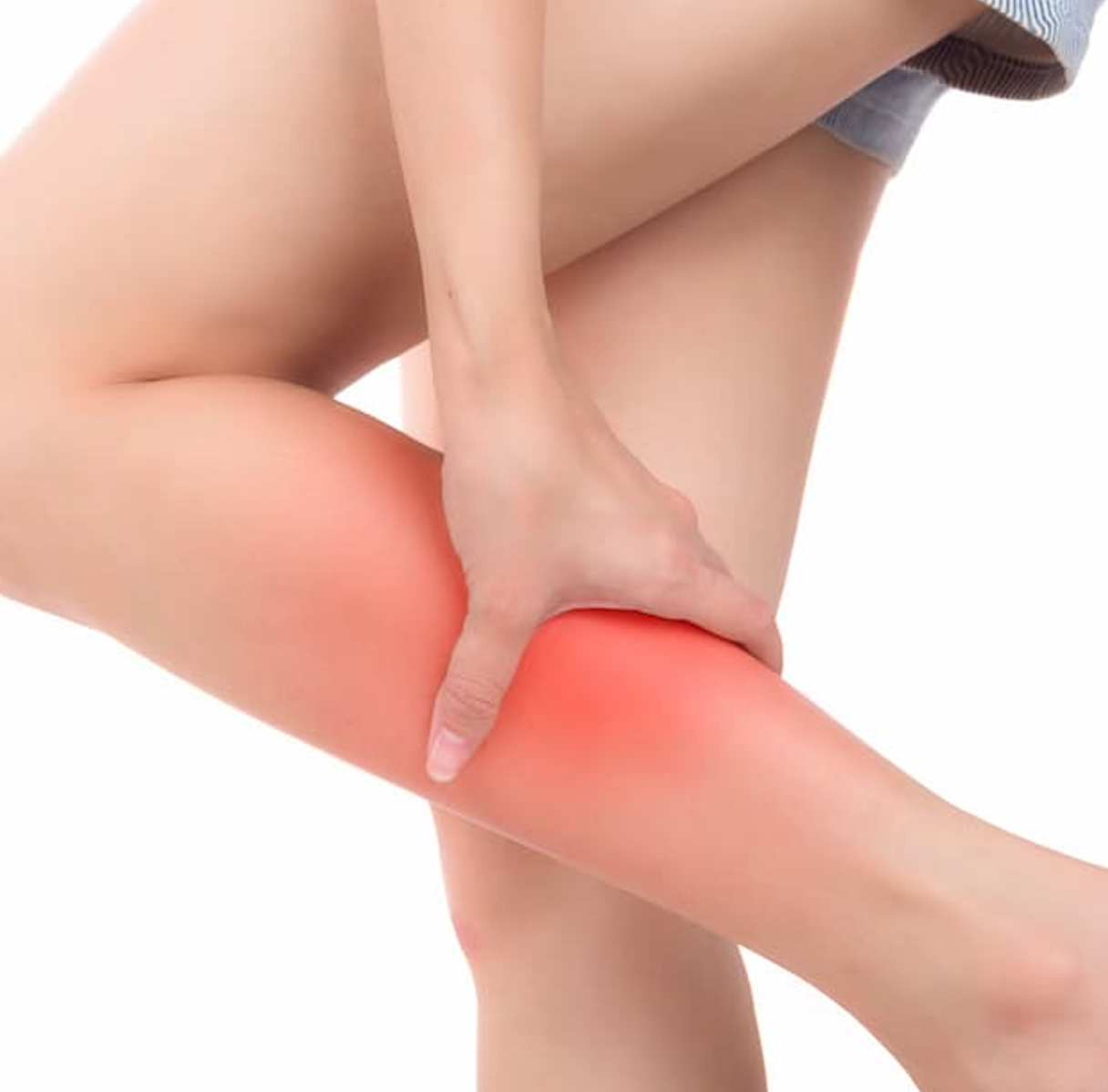Higher SUA Levels Associated with Peripheral Artery Disease in Males
Males in the highest serum uric acid tier were significantly more likely to be diagnosed with peripheral artery disease, although a similar trend was not observed in female patients.
Results from a cross-sectional study indicated higher serum uric acid (SUA) levels were positively associated with peripheral artery disease in male patients with hypertension, according to research published in Frontiers in Endocrinology.1 However, this relationship was not observed among female patients.
Credit: Adobe Stock/jayzynism

“Higher SUA can cause gout, which is principally characterized by arthritis due to monosodium urate crystal deposition in the lower extremities,” wrote a group of Chinese investigators. “High levels of SUA have been linked to endothelial dysfunction, oxidative stress, and inflammation, all of which are involved in the pathogenesis of PAD. To date, the relationship between SUA levels and PAD is still poorly understood.”
PAD is a circulatory condition which occurs when the arteries of the legs become narrowed or blocked by fatty deposits or plaque, called arthrosclerosis. This can in turn cause numbness, cramping, ischemic rest pain, sores, ulcers, and can even lead to amputation.2
Hyperuricemia has been proven to be an independent risk factor for diabetes, heart disease, chronic kidney disease, and hypertension. It may also contribute to the development of PAD due the increasing inflammation, arthrosclerosis, and endothelial dysfunction associated with the condition.3
Investigators analyzed 9839 Chinese adult patients with hypertension from the China H-type Hypertension Registry Study. Those with an ankle brachial index (ABI) measurement of ≤.9 were diagnosed with PAD, and hyperuricemia was defined as SUA levels >420 mol/L in men and >360 mol/L in women. Multivariable logistic regression models determined any associations between PAD and SUA levels.
Demographics, including age, gender, smoking status, drinking habits, medical history, body mass index, and medication usage, such as lipid-lowering, antihypertensive, hypoglycemic, and antiplatelet agents, were collected.
The mean age of patients was 63.14 years, with a range from 27 to 93 years, 46.22% of patients were male, and hyperuricemia was observed in 50.72% of subjects. No significant differences regarding medication use was reported between genders.
The proportion of hyperuricemia was higher among the male cohort (56.82%) compared with the female cohort (45.47%). Similarly, although the overall prevalence of PAD was 2.67% across both groups, male subjects displayed a higher proportion of PAD (3.17%) compared with female subjects (2.25%).
Hyperuricemia was positively linked with the risk of developing PAD in male patients (adjusted odds ratio [aOR] per standard deviation [SD] increase: 1.72, 95% confidence interval [CI] 1.17 to 2.53, P = .006). Additionally, male subjects in the highest SUA tier were significantly more likely to be diagnosed with PAD (aOR: 2.63, 95% CI 1.42 to 4.86, P = .002; P for trend = .001).
However, a similar association between hyperuricemia and PAD was not reported among female subjects (OR: 1.29, 95% CI 0.77 to 2.17, P = .327; P for trend = .347).
Investigators noted the cross-sectional nature of the study led to inherent limitations, including the inability to explore the causal relationship between SUA and PAD. Further, the generalizability of the findings was limited as the study’s population was restricted to South China. Finally, the patient’s history of receiving certain therapies, including revascularization, treatment with uric acid-lowering drugs, and treatment with diuretics were not obtained at enrollment. This missing information may have served as useful covariates in the multivariable logistic regression.
“Based on this cross-sectional study, further longitudinal, perspective, or multi-central studies are needed to determine the chronological or causal relationship between SUA and PAD in a hypertensive population,” investigators concluded.
References
- Han F, Yu C, Hu F, et al. Association between serum uric acid levels and peripheral artery disease in Chinese adults with hypertension. Front Endocrinol (Lausanne). 2023;14:1197628. Published 2023 Aug 22. doi:10.3389/fendo.2023.1197628
- Beckman JA, Duncan MS, Damrauer SM, Wells QS, Barnett JV, Wasserman DH, et al. Microvascular disease, peripheral artery disease, and amputation. Circulation (2019) 140(6):449–58. doi: 10.1161/CIRCULATIONAHA.119.040672
- Juraschek SP, Tunstall-Pedoe H, Woodward M. Serum uric acid and the risk of mortality during 23 years follow-up in the Scottish Heart Health Extended Cohort Study. Atherosclerosis (2014) 233(2):623–9. doi: 10.1016/j.atherosclerosis.2014.01.026